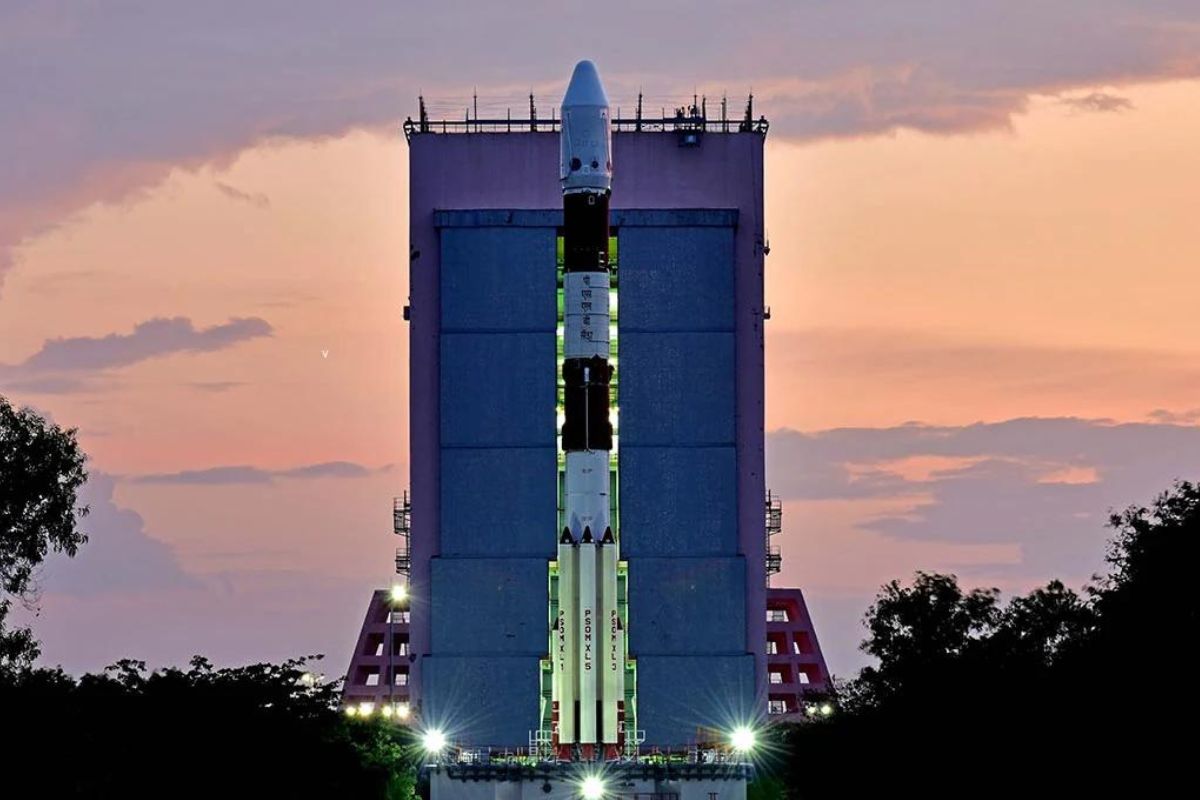India is poised to make a significant leap in its space endeavors with the imminent launch of its maiden solar mission, Aditya-L1. The mission is scheduled to take off today at 11:50 am from the Satish Dhawan Space Centre in Sriharikota, Andhra Pradesh.
Following the successful Chandrayaan-3 moon mission, the Indian Space Research Organisation (ISRO) is turning its attention to the sun. Aditya-L1, which will be launched via the PSLV-C57 rocket, aims to become India’s first solar space observatory.
The mission will carry seven distinct payloads, with four focused on observing sunlight and the remaining three designed to measure plasma and magnetic field parameters. The centerpiece of the payload is the Visible Emission Line Coronagraph (VELC), a technically challenging instrument designed to capture the sun’s corona.
Aditya-L1 will be placed in a halo orbit around Lagrangian Point 1 (L1), located 1.5 million km from Earth in the direction of the sun. This strategic location will allow continuous solar observation, free from the hindrance of eclipses or occultation.
The objectives of this ambitious mission include studying the physics of the solar corona, solar wind acceleration, solar atmosphere dynamics, and near-Earth space weather. By better understanding the sun’s activities, scientists aim to improve space weather prediction and comprehend solar eruptive events.
With Aditya-L1, India aims to join the elite group of nations capable of in-depth solar research, further establishing its credentials in the realm of space exploration.











